Home>diy>Planning & Engineering>What Is A-1 Zoning


Planning & Engineering
What Is A-1 Zoning
Modified: January 9, 2024
Learn about A-1 zoning in this informative guide. A-1 zoning is an important aspect of urban planning and engineering, ensuring proper land use and development.
(Many of the links in this article redirect to a specific reviewed product. Your purchase of these products through affiliate links helps to generate commission for Storables.com, at no extra cost. Learn more)
Introduction
Welcome to our comprehensive guide on A-1 zoning! If you’ve ever heard of A-1 zoning but aren’t quite sure what it entails, you’ve come to the right place. In this article, we’ll delve into the definition, purpose, characteristics, permitted uses, regulations, advantages, and disadvantages of A-1 zoning. Whether you’re a property owner, potential buyer, or simply curious about zoning regulations, this article will provide you with valuable insights.
So, let’s get started by exploring what exactly A-1 zoning is and why it’s an important aspect of urban planning.
Key Takeaways:
- A-1 zoning, or agricultural zoning, prioritizes and protects farming activities, preserving open spaces and supporting the local food supply while promoting sustainable farming practices and environmental conservation.
- A-1 zoning offers advantages such as safeguarding agricultural lands and preventing conflicts, but it also comes with limitations like restrictions on non-agricultural development and potential market challenges for farmers.
Read more: What Is M1 Zoning
Definition of A-1 Zoning
A-1 zoning, also known as agricultural zoning, is a specific zoning classification used in urban planning to designate areas primarily for agricultural purposes. It is one of the many zoning designations that help regulate land use and ensure orderly development within a municipality or jurisdiction.
In A-1 zoning, the emphasis is placed on protecting and preserving land for agricultural activities such as farming, crop cultivation, livestock raising, and horticulture. This designation is typically applied to rural or suburban areas where agricultural activities are prevalent.
The specific regulations and criteria for A-1 zoning can vary depending on the jurisdiction, as each municipality has its own set of zoning codes and ordinances. However, the overarching goal is to maintain the integrity of agricultural land and support the agricultural industry in the community.
It is important to note that A-1 zoning is not limited to large-scale commercial farms. It can also apply to smaller, family-owned farms, hobby farms, and even community gardens. The purpose is to ensure that agricultural operations can thrive and contribute to the local economy and food supply.
Purpose of A-1 Zoning
The purpose of A-1 zoning is multifaceted and serves several important objectives within a municipality. Let’s take a closer look at the primary purposes of A-1 zoning:
- Promoting Agricultural Activities: A-1 zoning is designed to support and protect agricultural activities in the designated areas. By prioritizing agricultural land use, it encourages the growth of the agricultural industry and fosters sustainable farming practices.
- Preserving Open Spaces: A-1 zoning helps to preserve open spaces, green belts, and rural landscapes. It ensures that agricultural land remains undeveloped and protected, preventing urban sprawl and maintaining the visual appeal of the area.
- Protecting Food Supply: A-1 zoning plays a crucial role in safeguarding the local food supply by preserving and maintaining farmland. By designating specific areas for agricultural use, communities can ensure that there is ample land available for food production, reducing dependence on imported goods.
- Preventing Conflicts: By separating agricultural activities from residential or commercial areas, A-1 zoning helps to prevent conflicts that may arise due to noise, odors, or other aspects associated with farming. This separation creates a harmonious living environment for residents and allows farmers to operate without undue interference.
- Environmental Protection: A-1 zoning contributes to environmental conservation by promoting sustainable farming practices. It encourages the utilization of eco-friendly techniques, such as organic farming and water conservation methods, protecting natural resources and minimizing the impact on the environment.
These purposes collectively serve to balance the needs of agricultural operations, the environment, and the local community. A-1 zoning seeks to create a harmonious coexistence between agricultural activities and adjacent land uses, contributing to the overall well-being and sustainability of the region.
Characteristics of A-1 Zoning
A-1 zoning comes with several distinctive characteristics that set it apart from other zoning classifications. Understanding these characteristics is crucial for property owners, developers, and individuals interested in purchasing land within an A-1 zoned area. Let’s explore the key characteristics of A-1 zoning:
- Land Use Restrictions: A-1 zoning places restrictions on the types of land use allowed within the designated area. While agricultural activities are the primary focus, there may be additional restrictions on residential and commercial development.
- Minimum Lot Size Requirements: A-1 zoning often specifies minimum lot size requirements for properties within the zone. This ensures that adequate space is available for agricultural activities and prevents overcrowding of the area.
- Setback Requirements: A-1 zoning typically includes setback requirements, which determine how far structures must be set back from property lines or other designated areas. These setbacks vary depending on the specific zoning regulations and are in place to ensure safety, maintaining sufficient space between agricultural activities and neighboring properties.
- Restrictions on Non-Agricultural Activities: A-1 zoning generally prohibits or limits certain non-agricultural activities within the designated area. This may include restrictions on industrial operations, commercial establishments, or residential subdivisions to maintain the agricultural character and minimize potential conflicts.
- Farm Management Practices: A-1 zoning may include regulations and guidelines for farm management practices to ensure the adherence to sustainable farming methods, such as crop rotation, soil conservation, and livestock management.
- Conditional Use Permits: In some cases, A-1 zoning may allow for conditional use permits, which provide flexibility for certain activities that are not normally permitted within the A-1 zone. These permits are typically subject to specific criteria and approval processes.
It is essential to review the specific zoning regulations and restrictions within a particular jurisdiction to fully understand the characteristics of A-1 zoning in that area. This will help property owners and potential buyers make informed decisions and ensure compliance with all applicable zoning laws.
Permitted Uses in A-1 Zoning
A-1 zoning allows for a variety of agricultural-related activities and land uses. While the specific permitted uses may vary depending on the jurisdiction, there are common types of activities typically allowed within the A-1 zoning designation. Let’s explore some of the permitted uses in A-1 zoning:
- Farming: Agricultural zoning is primarily intended for farming activities. This can include various types of farming such as crop cultivation, orchards, vineyards, poultry farming, dairy farming, and livestock grazing.
- Horticulture: A-1 zoning often permits horticultural activities, including the growing of flowers, plants, trees, and nursery operations.
- Agricultural Processing: Some jurisdictions may allow limited processing of agricultural products within A-1 zoning. This can include small-scale food processing, such as canning or making preserves, as well as on-site facilities for crop cleaning, packaging, and similar activities.
- Agritourism: In recent years, many regions have included agritourism as a permitted use in A-1 zoning. This allows farmers to host educational activities, farm tours, pumpkin patches, corn mazes, or even farm-stay accommodations, providing additional revenue streams while promoting agricultural awareness.
- Community Gardens: Some areas may allow community gardens within A-1 zoning, where residents can come together to cultivate their own plots and grow fresh produce.
- Farm Stands: A-1 zoning often permits the establishment of farm stands or markets where agricultural products grown on-site or within the local area can be sold directly to the public.
It’s important to note that while these activities are generally permitted in A-1 zoning, there may still be specific regulations and restrictions governing each type of use. It is essential to consult the local zoning ordinances and planning department to ensure compliance with all requirements.
Additionally, it’s always a good practice to stay up-to-date with any changes in zoning regulations or permitted uses, as municipalities may periodically update their zoning codes to address evolving agricultural practices and community needs.
Regulations and Restrictions of A-1 Zoning
A-1 zoning is accompanied by specific regulations and restrictions that govern land use and development within the designated area. These regulations aim to maintain the agricultural character of the zone and ensure compatibility with neighboring properties. Let’s take a closer look at some common regulations and restrictions found in A-1 zoning:
- Minimum Lot Size: A-1 zoning often specifies minimum lot size requirements to ensure adequate space for agricultural activities. These requirements can vary depending on factors such as soil productivity, farming methods, and conservation considerations.
- Setbacks: Setback requirements dictate the minimum distance structures must be setback from property lines, roads, or other designated areas. These setbacks help maintain a safe and visually pleasing environment, ensuring sufficient space between agricultural operations and neighboring properties.
- Building Height Restrictions: A-1 zoning may impose limitations on the height of buildings and structures. These restrictions are in place to prevent visual obstructions, maintain the rural landscape, and prevent overshadowing of neighboring properties.
- Restrictions on Non-Agricultural Activities: To preserve the agricultural character of the zone, A-1 zoning often prohibits or limits certain non-agricultural activities. These restrictions can include industrial operations, commercial activities, or residential subdivisions that may conflict with agricultural operations.
- Environmental Considerations: Some jurisdictions include environmental regulations as part of A-1 zoning. These can include guidelines for sustainable farming practices, soil and water conservation measures, and protection of sensitive areas such as wetlands or watercourses.
- Conditional Use Permits: In certain cases, A-1 zoning may allow for conditional use permits, which grant temporary or restricted permission for activities not typically permitted within agricultural areas. These permits are subject to specific criteria, public hearings, and approval processes.
It is important for property owners and developers to familiarize themselves with the specific regulations and restrictions applicable to A-1 zoning within their jurisdiction. Contacting the local planning department or consulting the zoning ordinances can provide valuable information and guidance for compliance with the zoning requirements.
Compliance with these regulations not only ensures the legality of land use but also helps to create a harmonious relationship between agricultural activities and the surrounding community.
Advantages and Disadvantages of A-1 Zoning
A-1 zoning, like any other zoning classification, comes with its own set of advantages and disadvantages. Understanding these pros and cons is essential for property owners, developers, and individuals considering purchasing land within an A-1 zoned area. Let’s explore the advantages and disadvantages of A-1 zoning:
Advantages:
- Promotes Agricultural Activities: A-1 zoning prioritizes and supports agricultural activities, providing a designated space for farming, crop cultivation, and livestock raising. It ensures that valuable agricultural land is preserved and utilized for its intended purpose.
- Preserves Open Spaces: A-1 zoning helps maintain open spaces and rural landscapes, preserving the aesthetic appeal of the area and providing scenic views for residents and visitors. It prevents urban sprawl and maintains the natural beauty of the region.
- Protects the Food Supply: By designating specific areas for agricultural use, A-1 zoning ensures the availability of ample land for food production. This helps to protect the local food supply, reduce dependence on imported goods, and promote food security within the community.
- Prevents Conflicts: A-1 zoning separates agricultural activities from residential and commercial areas, minimizing conflicts that may arise due to noise, odors, or other aspects associated with farming. This separation contributes to a harmonious living environment for residents and farmers alike.
- Environmental Conservation: A-1 zoning promotes sustainable farming practices, encouraging farmers to adopt eco-friendly techniques such as organic farming, soil conservation, and water management. This helps to protect natural resources, preserve biodiversity, and reduce the environmental impact of agricultural activities.
Disadvantages:
- Restrictions on Development: A-1 zoning can impose limitations on non-agricultural development, including residential, commercial, or industrial projects. This may restrict property owners from pursuing certain types of investments or land uses within the designated zone.
- Market Limitations: Depending on the location and demand for agricultural products, A-1 zoning may limit the market opportunities for farmers. Access to customers and distribution channels can be restricted in rural areas, potentially affecting the profitability of agricultural operations.
- Higher Land Costs: In some cases, A-1 zoned land may come at a higher cost due to its agricultural designation and potential restrictions on development. This can pose financial constraints for individuals looking to purchase land within an A-1 zoned area.
- Regulatory Compliance: A-1 zoning requires adherence to specific regulations and restrictions, which can entail additional administrative processes and costs for property owners and farmers. Compliance with zoning codes and environmental regulations may involve permits, inspections, and ongoing monitoring.
It is important to weigh these advantages and disadvantages in the context of your specific goals and circumstances. Consulting with professionals familiar with local zoning regulations can provide valuable guidance and insights to make informed decisions regarding land use within an A-1 zoned area.
Read more: What Is Forest Zoning?
Examples of A-1 Zoning in Different Locations
A-1 zoning can be found in various locations around the world, each with its own unique characteristics and regulations. Let’s explore a few examples of A-1 zoning in different regions:
1. United States:
In the United States, A-1 zoning is commonly used in rural and suburban areas to designate land for agricultural purposes. For instance, in California’s Central Valley, known for its fertile soil and agricultural abundance, A-1 zoning is prevalent to support large-scale farming operations. In Idaho’s rural areas, A-1 zoning is used to protect and promote family-owned farms and ranches. These areas may have restrictions on non-agricultural activities and minimum lot size requirements to maintain the agricultural character of the region.
2. Canada:
In Canada, A-1 zoning is used to protect agricultural land and support farming activities. In Ontario’s Greenbelt area, A-1 zoning is applied to preserve productive farmland and minimize urban development. The restrictions on non-agricultural uses and the promotion of sustainable farming practices help protect the region’s agricultural heritage. In Alberta, A-1 zoning is used to designate land for farming and ranching, ensuring the availability of agricultural land for food production and livestock rearing.
3. Netherlands:
In the Netherlands, where agriculture plays a significant role in the economy, A-1 zoning is used to safeguard agricultural land amidst urban development pressures. The Dutch government designates specific areas as A-1 zones to ensure the availability of land for farming activities, such as dairy farming, flower cultivation, and horticulture. Strict regulations are in place to prevent encroachment and maintain the integrity of agricultural land in densely populated areas.
Read more: What Is Zoning For A School
4. Australia:
Australia also utilizes A-1 zoning to preserve agricultural land and promote rural livelihoods. In rural areas of Victoria, A-1 zoning is used to protect prime agricultural land and support farming practices. The zoning regulations in these areas prioritize farming activities and restrict non-agricultural developments to maintain the agricultural character of the region.
5. New Zealand:
In New Zealand, A-1 zoning is used to designate areas for primary production and rural farming activities. The zoning regulations in these areas aim to protect rural landscapes and promote sustainable land use. In regions such as Canterbury and Waikato, A-1 zoning ensures the availability of agricultural land for dairy farming, sheep farming, and crop cultivation.
These are just a few examples of how A-1 zoning is implemented and tailored to suit the specific agricultural characteristics and needs of different regions. It is important to consult the local zoning authorities and regulations in your specific area or desired location to understand the unique requirements and restrictions associated with A-1 zoning.
A-1 zoning typically designates agricultural land use, allowing for farming, ranching, and related activities. Check local zoning ordinances for specific regulations and restrictions.
Conclusion
A-1 zoning, also known as agricultural zoning, plays a vital role in urban planning by designating areas primarily for agricultural activities. It promotes and protects agricultural operations, preserves open spaces, and supports the local food supply. A-1 zoning ensures the coexistence of farming activities with neighboring properties while incorporating environmental conservation practices.
Within A-1 zoned areas, specific regulations and restrictions govern land use, such as minimum lot size requirements, setbacks, and restrictions on non-agricultural activities. These regulations maintain the integrity of agricultural land and minimize conflicts between agricultural operations and surrounding developments.
A-1 zoning offers several advantages, including the promotion of sustainable farming practices and the preservation of landscapes. It safeguards agricultural lands, contributes to food security, and prevents conflicts between agricultural activities and adjacent land uses.
However, A-1 zoning also has its limitations, such as restrictions on non-agricultural development and potential market limitations for farmers. Compliance with regulations and ongoing monitoring can pose administrative and financial challenges for property owners and farmers.
Examples of A-1 zoning can be found around the world, with each region adapting the zoning classification to suit their specific agricultural characteristics and needs. From the United States to Canada, the Netherlands to Australia, A-1 zoning is used to protect farmland, support farming activities, and ensure rural sustainability.
Ultimately, understanding the definition, purpose, characteristics, permitted uses, regulations, and advantages and disadvantages of A-1 zoning is crucial for property owners, developers, and individuals interested in land within an A-1 zoned area. By considering these factors, stakeholders can make informed decisions and contribute to the preservation and success of agricultural practices within their communities.
Frequently Asked Questions about What Is A-1 Zoning
Was this page helpful?
At Storables.com, we guarantee accurate and reliable information. Our content, validated by Expert Board Contributors, is crafted following stringent Editorial Policies. We're committed to providing you with well-researched, expert-backed insights for all your informational needs.
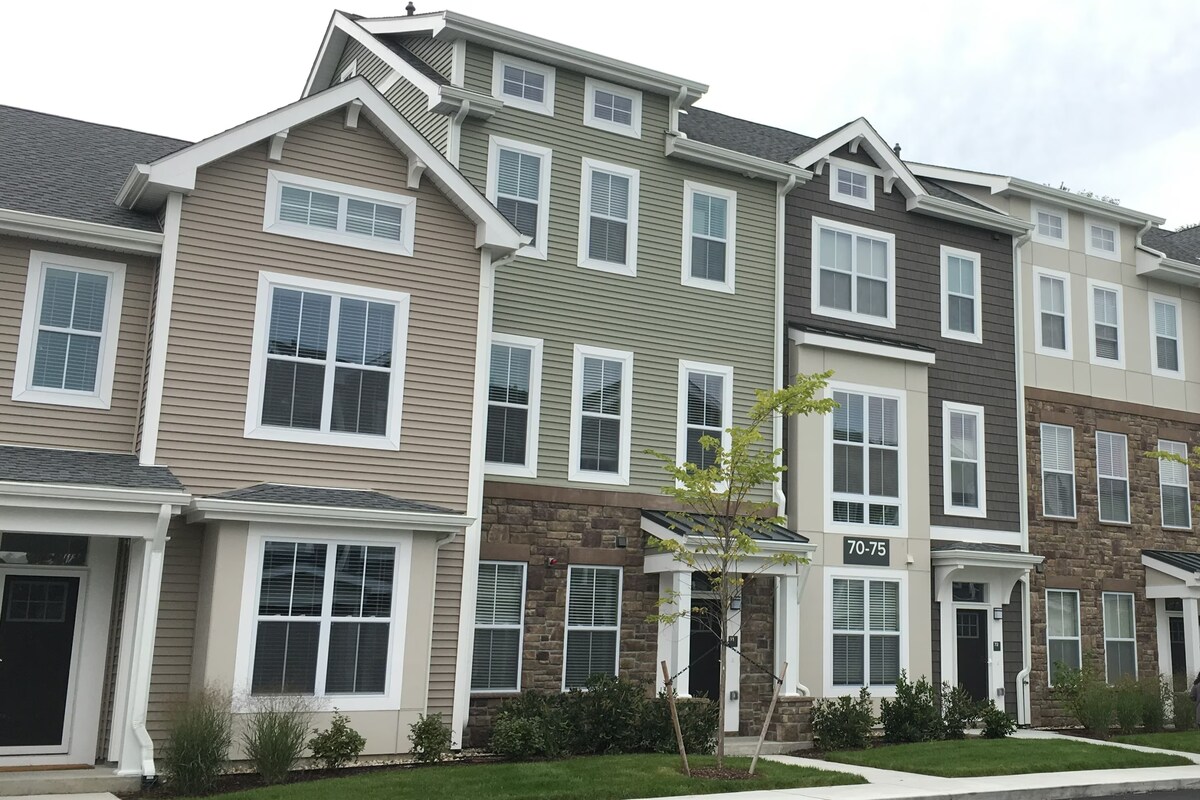

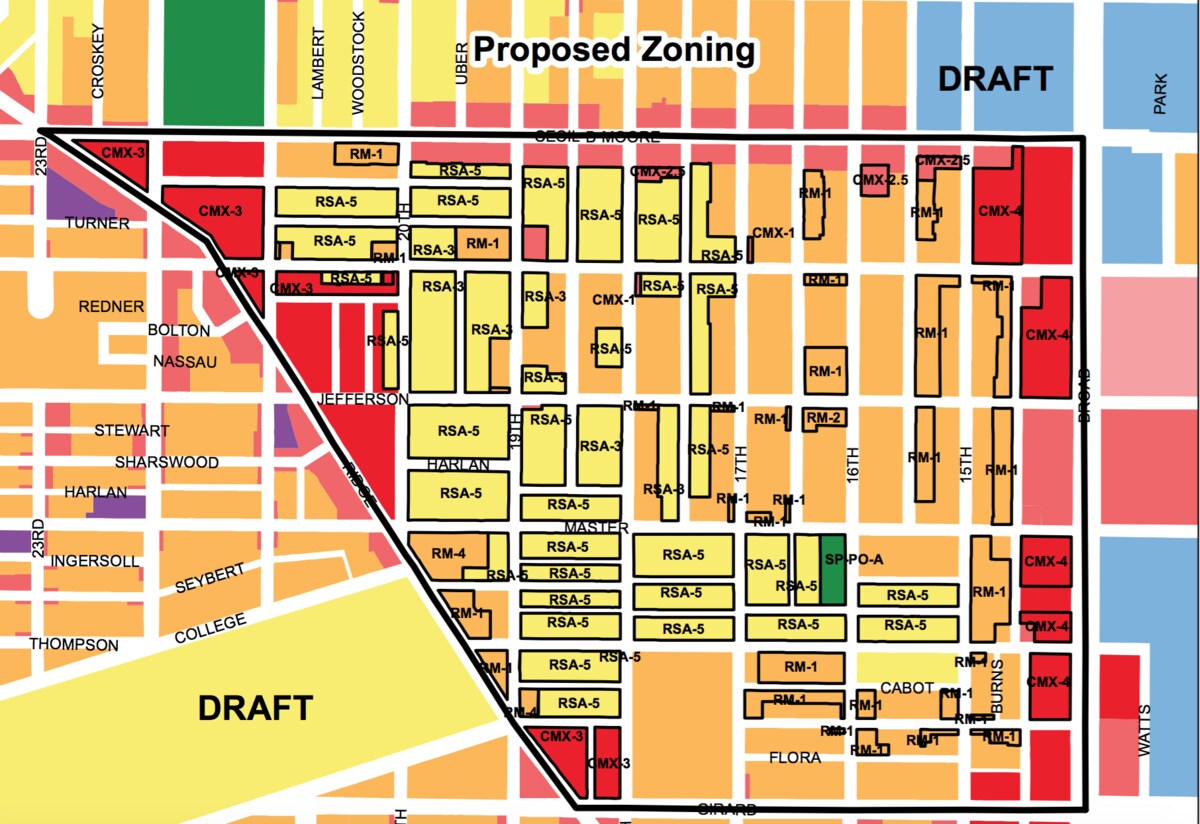
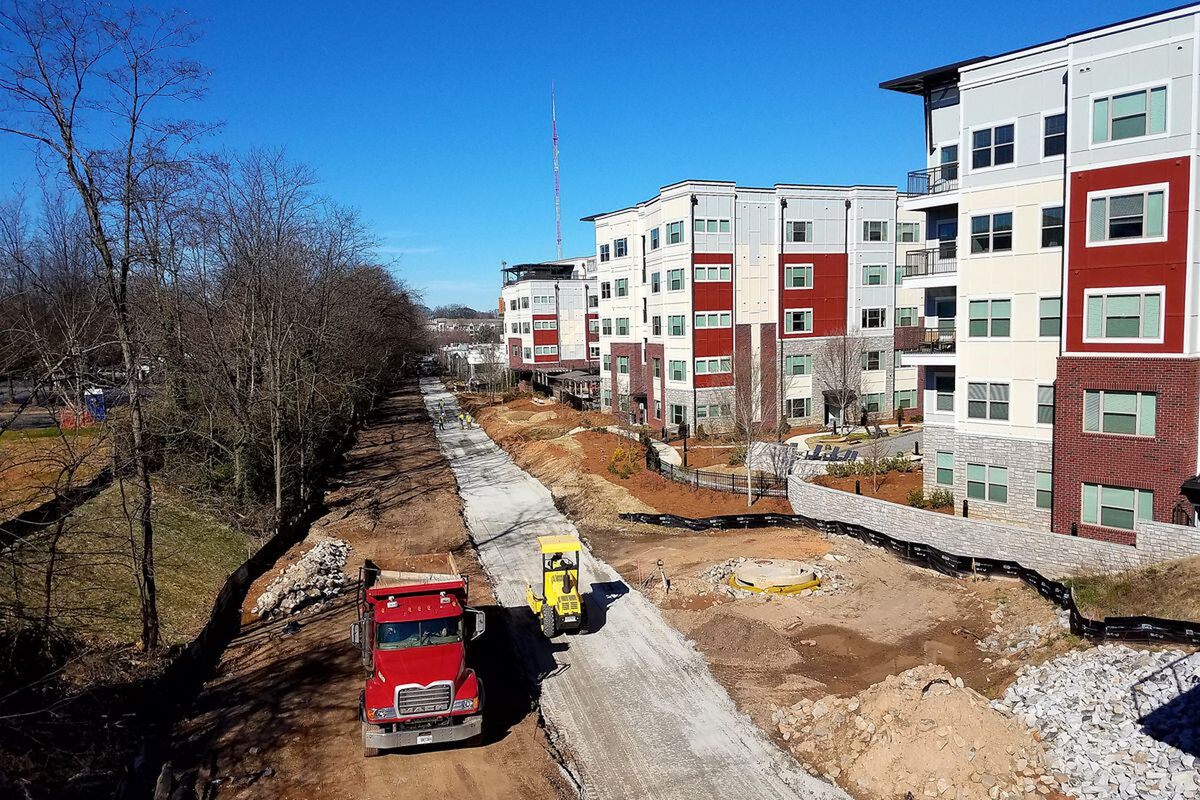


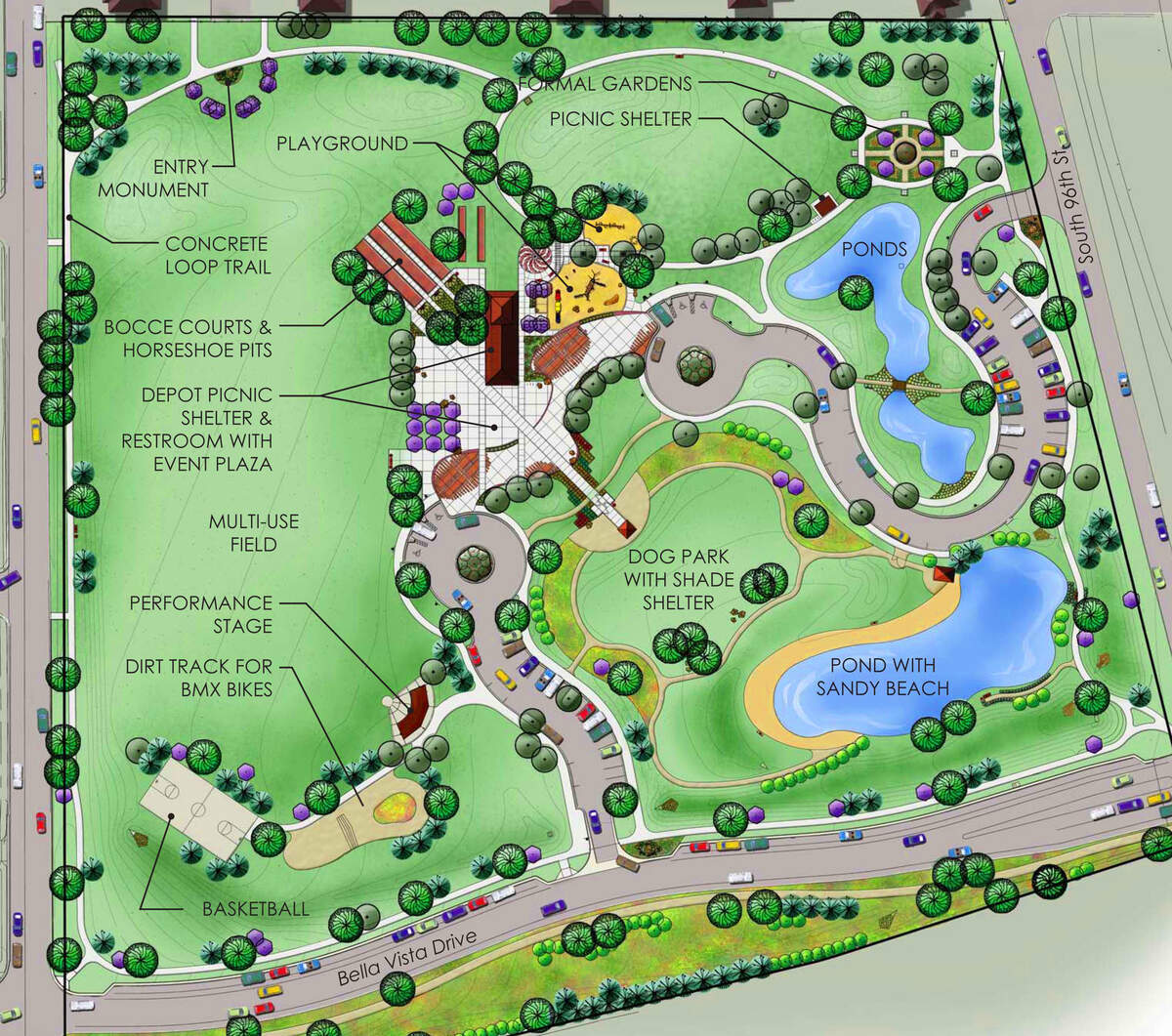



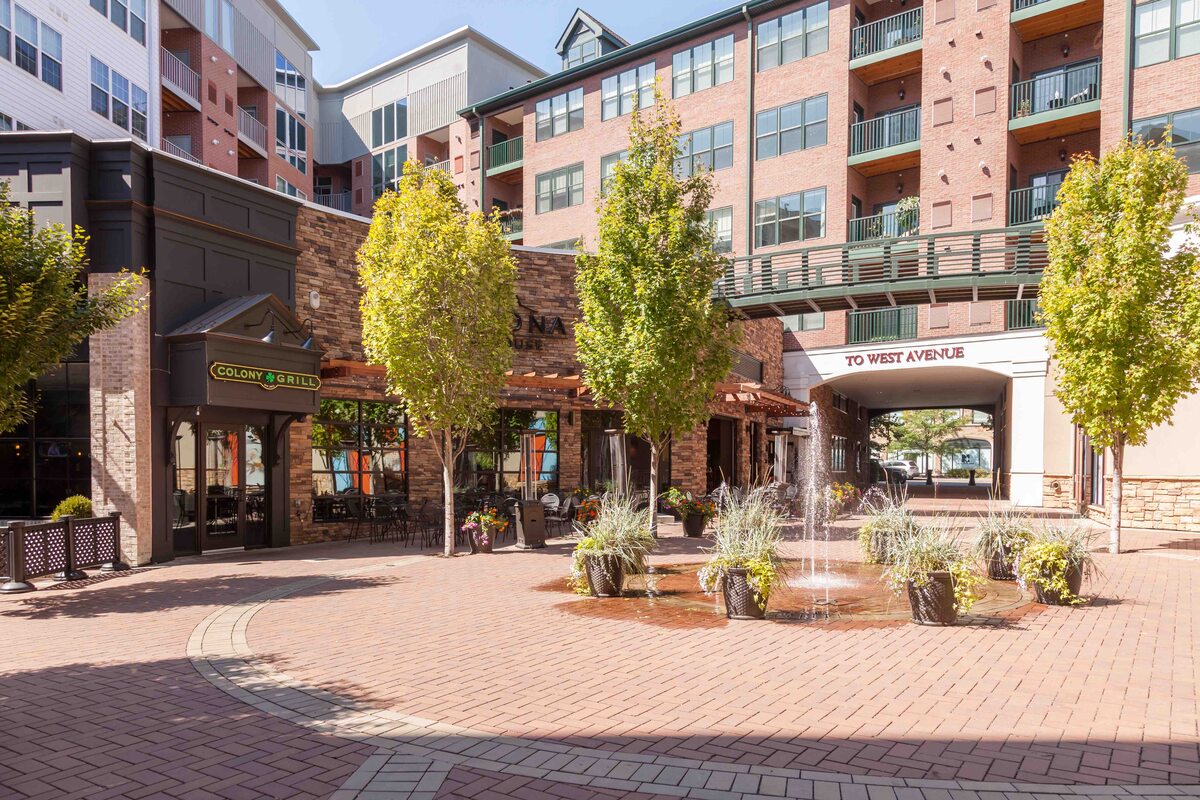


0 thoughts on “What Is A-1 Zoning”